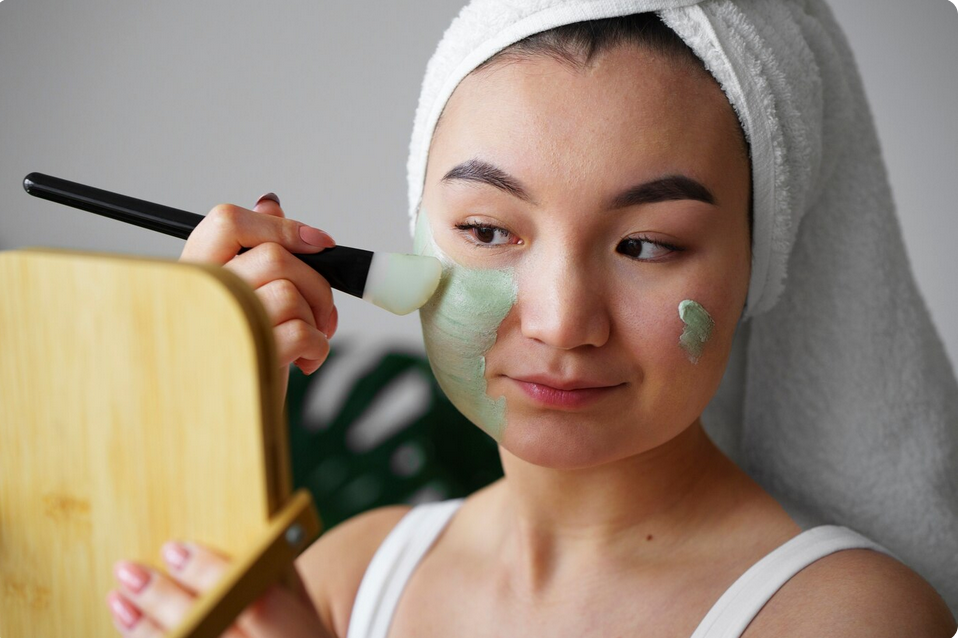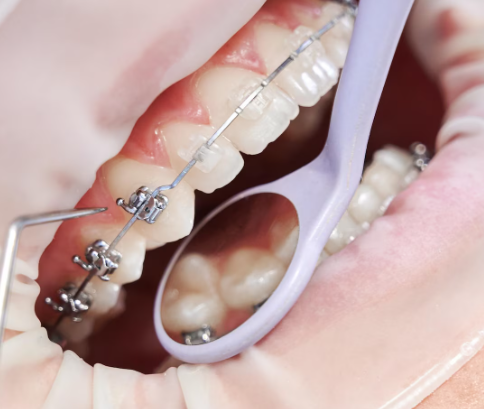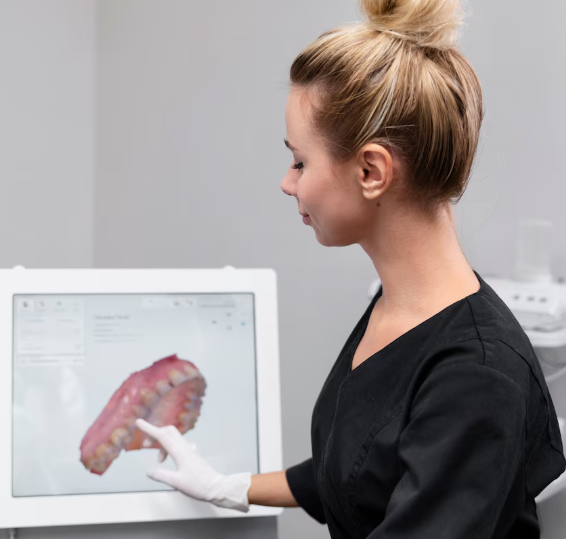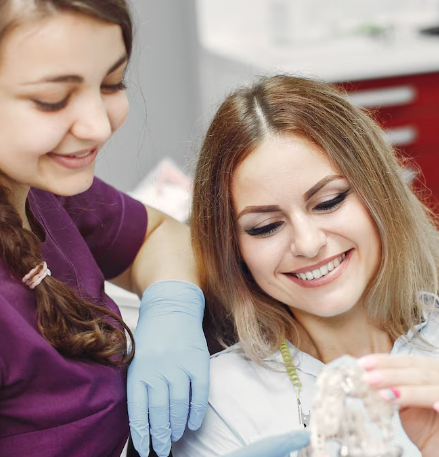Treatment Overview
Chemical peel is a popular non-surgical cosmetic procedure in Korea designed to improve skin texture, tone, and overall complexion. It works by applying a chemical solution to the skin, which exfoliates the outer layers, stimulates cell renewal, and promotes collagen production. Depending on the depth of the peel, treatments can target fine lines, wrinkles, acne scars, pigmentation, sun damage, and uneven skin tone.
In Korea, chemical peels are often combined with other skin rejuvenation treatments such as laser therapy, microneedling, or regenerative skin boosters, making the results more effective and long-lasting. Korean dermatology clinics are globally renowned for their advanced techniques, gentle formulations, and focus on natural, glowing skin.
Purpose & Benefits
- Reduces fine lines and early wrinkles
- Improves acne scars and blemishes
- Brightens dull skin and evens out skin tone
- Minimizes pigmentation, freckles, and sun damage
- Smooths rough skin texture
- Stimulates collagen for firmer, healthier-looking skin
- Enhances absorption of skincare products
Ideal Candidates
Chemical peel is suitable for individuals who want smoother, brighter, and more youthful-looking skin without surgery. It is ideal for people struggling with acne scars, hyperpigmentation, sun damage, or early signs of aging. Patients with good general health and realistic expectations are the best candidates. However, those with very sensitive skin or active skin infections may need a gentler treatment approach.
Possible Risks & Complications
While chemical peels in Korea are performed with high safety standards, temporary side effects may include redness, flaking, mild irritation, or sensitivity to sunlight. Rare complications include infection, prolonged hyperpigmentation, or scarring, especially with deeper peels. Korean dermatologists minimize risks by customizing the treatment based on individual skin type and condition.
Types of Chemical Peels in Korea
Korean dermatology clinics offer a wide range of peel options tailored to different needs:
- Superficial Peels (Lactic Acid, Glycolic Acid, Mandelic Acid): Gentle exfoliation, brightening, and hydration. Ideal for first-timers or sensitive skin.
- Medium Peels (TCA, Jessner’s Solution): Targets acne scars, pigmentation, and fine wrinkles. More intensive but still safe.
- Deep Peels (Phenol-based, High-strength TCA): Treats deep wrinkles and severe sun damage. Less common but performed in advanced clinics.
- Korean Signature Peels: Customized blends like Aqua Peel, Mela Peel, or Regen Peel that combine peeling with hydration, antioxidants, and brightening solutions for minimal downtime.
Recovery & Aftercare
Recovery time depends on the depth of the peel. Superficial peels may cause mild redness and flaking for 1–3 days, while medium to deep peels can take 1–2 weeks for full healing. Korean clinics often provide aftercare treatments like LED light therapy, soothing masks, or regenerative serums to accelerate recovery. Patients are advised to use sunscreen diligently, avoid harsh skincare products, and follow a tailored post-peel regimen.
Results & Longevity
Chemical peels in Korea provide visible improvements in skin brightness and texture after just one session, though a series of treatments is often recommended for optimal results. Superficial peels may last several months, while medium and deep peels can provide longer-lasting improvements for up to a year or more. Maintenance treatments every few months help sustain results.
Treatment Process in Korea
Korea is globally recognized for dermatology and skin rejuvenation treatments, and chemical peels are among the most common procedures offered.
- Advanced customization: Korean dermatologists analyze skin type with 3D scanning and diagnostic tools to tailor the right peel formulation.
- Unique Korean innovations: Instead of aggressive deep peels, Korean clinics focus on gentle, combination peels that prioritize minimal downtime with maximum glow. Popular methods like Aqua Peel and Regen Peel include hydration, vitamin infusion, and sebum control alongside exfoliation.
- Integration with other treatments: Many clinics combine chemical peels with lasers, skin boosters, or microneedling for enhanced results.
- Patient-focused care: English-speaking coordinators, personalized skin programs, and luxury-level aftercare make Korea a top choice for international patients seeking non-surgical skin rejuvenation.
Cost Range in Korea
The price of chemical peels in Korea varies depending on the type of peel, the clinic’s reputation, and whether it’s part of a package or combined with other treatments.
- Superficial peel: ₩70,000 – ₩150,000 KRW ($50 – $110 USD) per session
- Medium peel: ₩200,000 – ₩400,000 KRW ($150 – $300 USD) per session
- Deep peel: ₩600,000 – ₩1,200,000 KRW ($450 – $900 USD) per session
- Customized Korean signature peels: ₩150,000 – ₩350,000 KRW ($110 – $260 USD)
Many clinics also offer package deals, such as 3–5 sessions at discounted rates, which are popular among international patients. Compared to Western countries, chemical peel treatments in Korea are more affordable, with the added advantage of cutting-edge dermatology techniques.
Popular Clinics in Korea
Some of the most well-known dermatology and aesthetic clinics in Seoul offering chemical peels include:
- Oracle Skin Clinic – One of the largest dermatology networks in Korea, specializing in acne and pigmentation treatments.
- ID Dermatology Clinic – Offers customized skin rejuvenation packages with chemical peels and advanced laser therapies.
- Banobagi Dermatology – Renowned for combining chemical peels with regenerative skin boosters.
- Regen Dermatology Center – Specializes in customized aqua peels and brightening treatments.
- View Clinic Skin Center – Popular among international patients for anti-aging peels and combination therapies.




